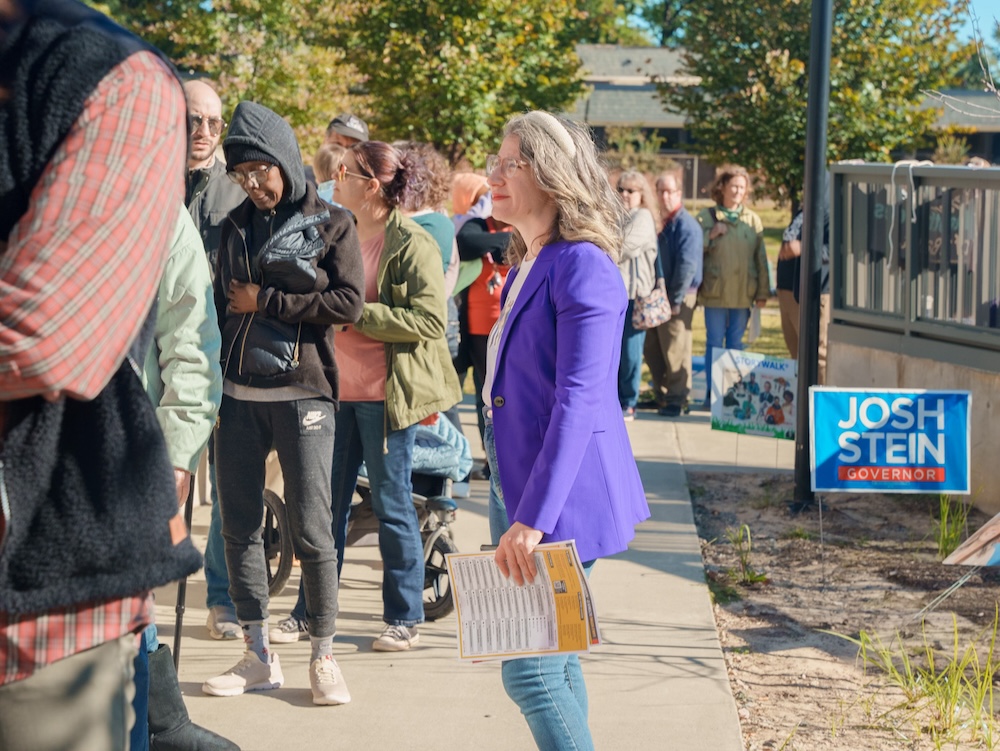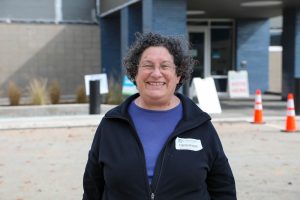Kamala Harris swept through Durham in the presidential election, winning the county with a striking 79.83 percent of the vote. But in the end, it wasn’t enough to secure North Carolina for the Democrats, as Donald Trump claimed the state for the third consecutive time.
Throughout the election season, activists poured their efforts into Durham. Despite the near-certainty that Harris would win the county—where over 128,500 registered Democrats far outnumber the county’s 24,110 registered Republicans—advocates took to street corners, community hubs, and college campuses, corralling people to register and vote.
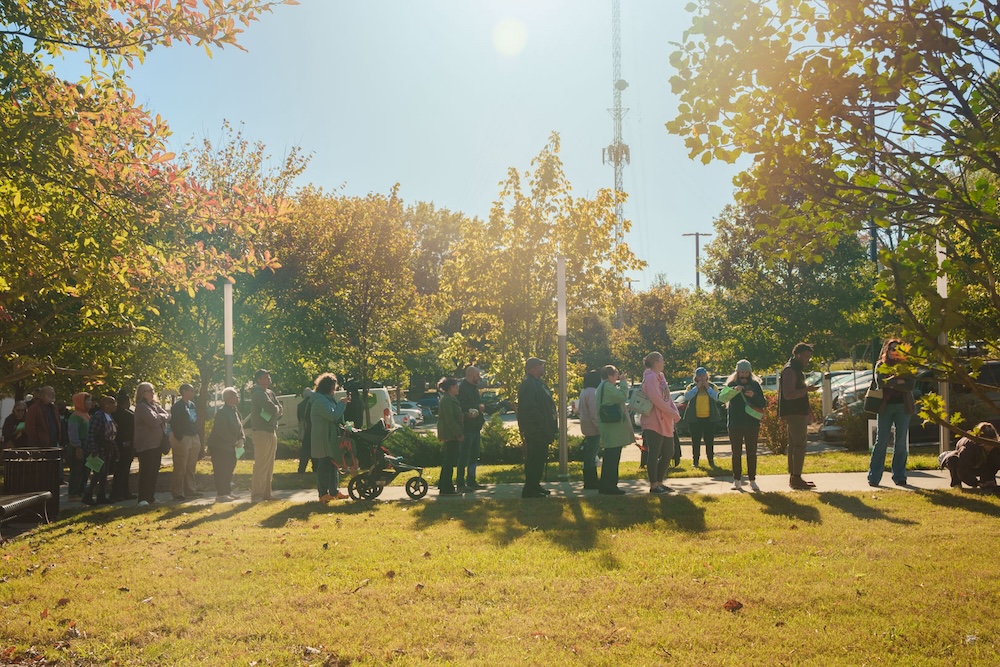
Their hope? That record turnout from Durham Democrats could flip the highly contested swing state, which had toggled between red and blue in the polls.
“Durham is the place that in 2016 got Roy Cooper elected with less than 10,000 votes,” said Michelle Burton, who won her race for the Durham County Board of Commissioners. “Elected leaders from across the country came to Durham, to help canvas, to help motivate people.”
“Durham is a key county to make things happen,” she said.
A coalition of local candidates in safe Democratic seats launched an initiative called Durham Delivers with the ambitious goal of boosting Durham’s turnout from 2020’s record turnout of 74% to 80%.
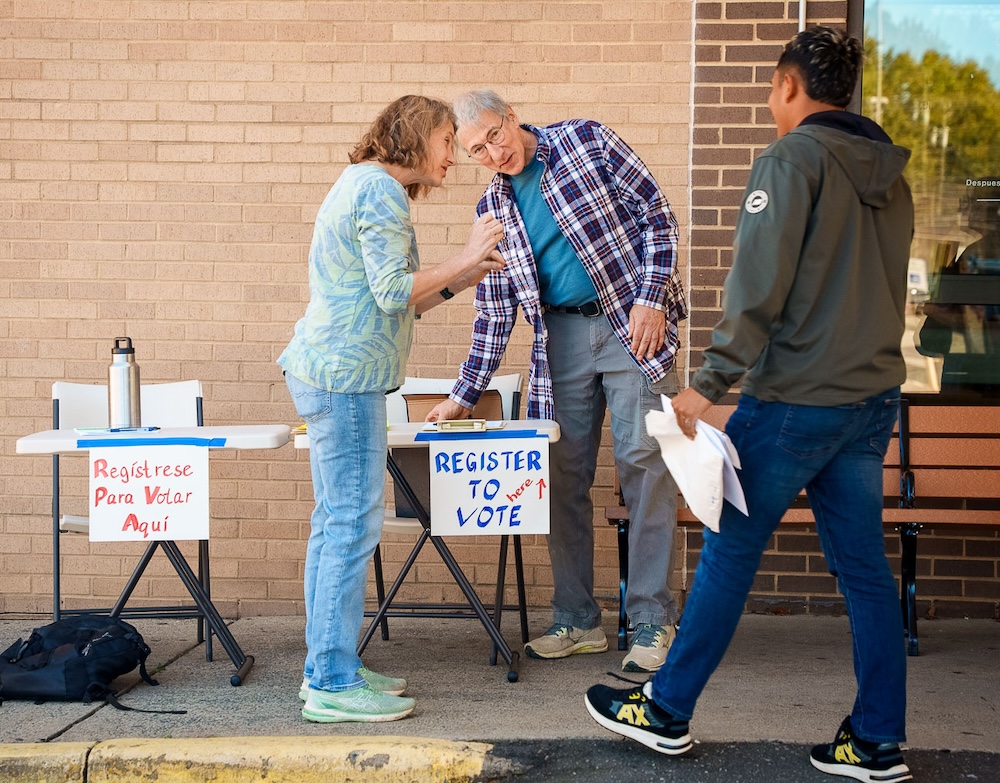
But in the end, Durham Democrats were unable to deliver enough votes to overcome strong red headwinds in North Carolina. Durham recorded a 72% turnout rate—eight points short of activists’ goal.
Although Harris performed better in Durham than any other county in the state, she secured slightly fewer Durham votes than Biden did in 2020—142,687 to Biden’s 144,688. (Harris’ vote tally does not include provisional ballots and mail-in votes, which have yet to be counted.)
“I think we’re really disappointed,” said Sophia Chitlik, who was just elected to the state Senate. “Nationally turnout was down significantly, and statewide turnout was also down—but really only among Democrats. That’s difficult data to absorb.”

Unlike states with single urban strongholds, like Atlanta in Georgia or Las Vegas in Nevada, North Carolina’s Democratic voters are spread statewide, making it harder for campaigns to focus their efforts in one concentrated area. Only one Democrat has won the state since 1976—Barack Obama narrowly claimed victory in 2008 with less than a percentage point statewide but with 75.57% of the vote in Durham County.
But some still thought that this time, Durham County–the most Democratic in the state—could play a pivotal role.
“If you are a candidate trying to win a statewide election, it’s much easier to do that if you’ve maximized your turnout in Durham,” said Asher Hildebrand, a Duke University public policy professor. “Durham can top off the tank for Democrats.”
Though Trump won decisively in North Carolina, Council of State races were a mixed bag. Republican candidates were elected for state auditor, commissioner of agriculture, commissioner of insurance, commissioner of labor, and treasurer.
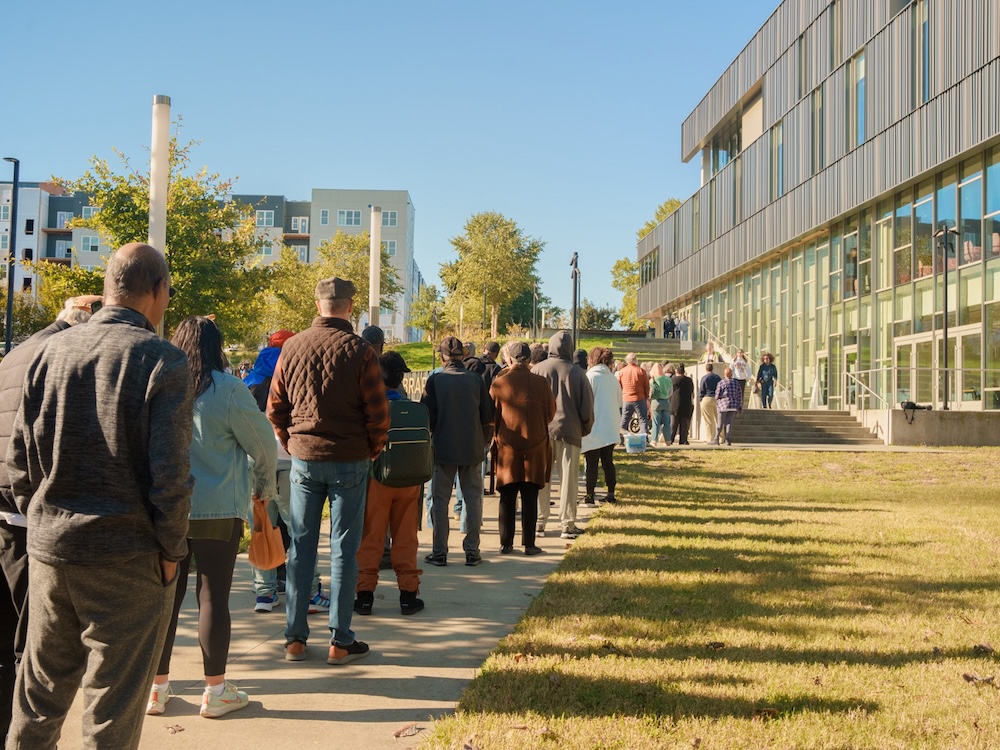
But Democrats scored some key victories, electing Josh Stein as governor in a decisive win over Mark Robinson, along with Democrats for lieutenant governor, attorney general, secretary of state, and superintendent of public instruction.
Democrats also broke the GOP supermajority in the state legislature, meaning Republicans will lose power to override the governor’s veto.
Durham leaders hope their efforts to encourage voters to cast down-ballot votes made a difference in those races.
“We proved that Democrats have a winning message when we lead with talent,” Chitlik said. “We won 50% of the Council of State seats, which has not happened in a long time. We won the lieutenant governorship, which hasn’t happened in 22 years. Josh Stein had the highest win margin of any candidate for governor, Democrat or otherwise, in over 30 years.”
Steve Rawson, chair of the Durham Democratic Party, agreed. “Those are huge successes that deserve great celebration, even as we process our extreme disappointment with the presidential outcome,” he said. “I feel very good that Durham did its part in making sure that those statewide races were delivered for Democrats.”
Looking ahead, Chitlik says the party should avoid blaming certain demographic groups and instead think critically about combating voter apathy.
“We need to focus for the next few years on restoring trust and communicating a clear vision,” she said. “Democrats have historically not been as good at simple, clear messaging.”
Rawson says the party will spend the coming weeks conducting thorough analyses, determining how it can best appeal to a broader base.
But in the meantime, he remains grateful for Durham’s voters, volunteers, and activists.
“To all of the thousands of people who gave of their time and their energy to help organize our community for this election, we built something really special,” he said. “We got some of the results that we wanted and needed, and we didn’t get some of the others. But that doesn’t diminish the importance of that work, and I’m really proud of what Durham accomplished.”
“We are going to continue to fight hard for democracy in the state, for our constituents, future and current,” said Chitlik.
The Durham County Board of Elections will meet on Nov. 15 to certify the election results.
Above: Sophia Chitlik greets Durham voters as they line up to cast their ballots during early voting. Photo by Kulzoom Rizavi — The 9th Street Journal

